While the Emperor Domitian will rule for a few more years until his assassination in AD 96, we bid "vale" to many of the characters we've met in Rome - including the scheming Salvius, for whom it's Judgement Day!
Digital Activities
These sections have been moved to the Cambridge Elevate platform. Please click below to go to Elevate. Elevate
WebBooks
The Stories
Practising the Language
Please note: the Cultural Background weblinks section has been removed.

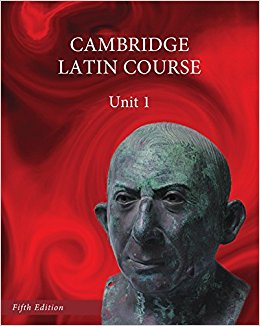












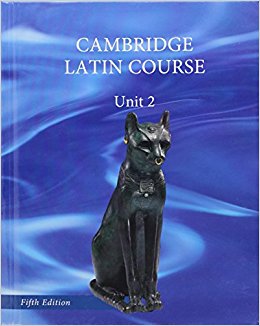








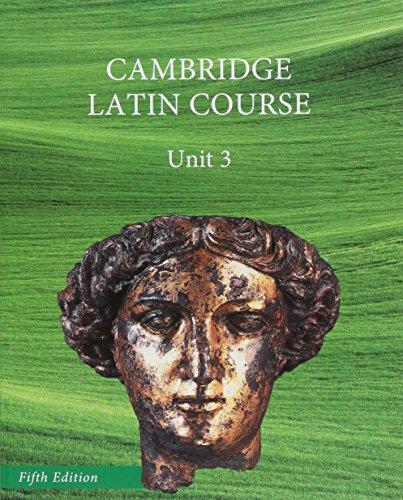













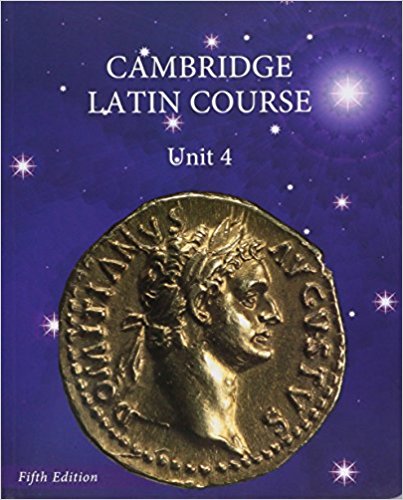














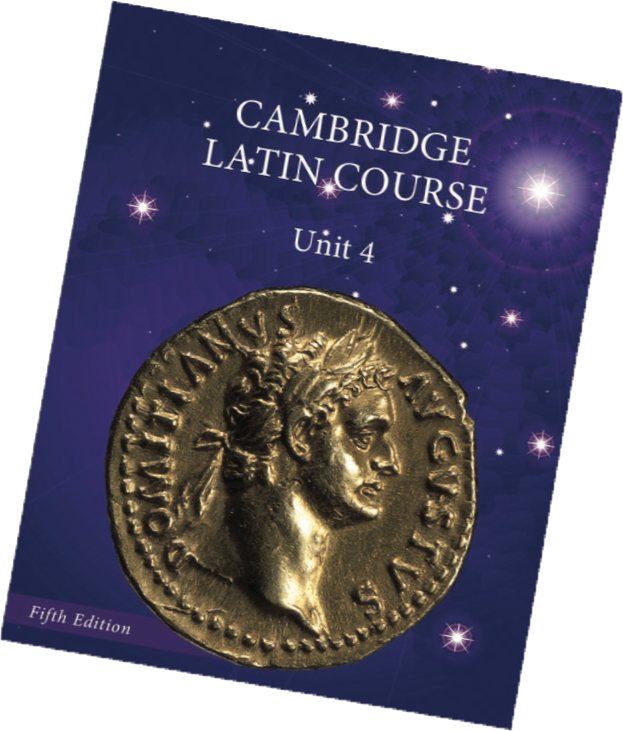

 CSCP on Twitter
CSCP on Twitter